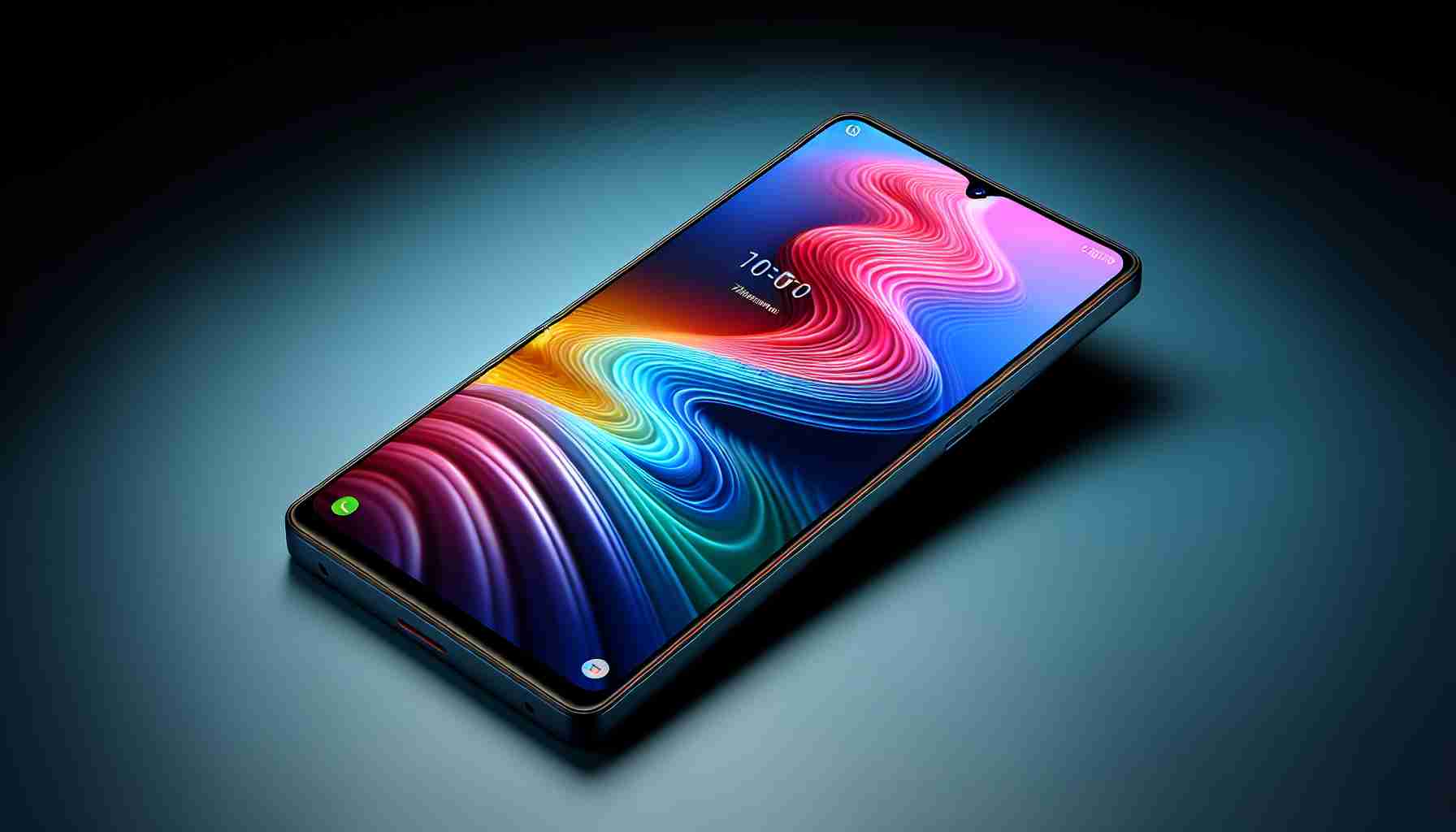The Google Pixel 8a embodies a significant leap in the tech giant’s mid-range offerings. Equipped with a dazzling 120Hz OLED screen and an enhanced battery life, this smartphone delivers a premium experience at a reduced price point. The introduction of the Tensor G3 processor in the device promises a seamless user experience, echoing the powerful performance of the higher-end Pixel 8 models.
One of the most alluring aspects of the Pixel 8a is the promise of seven years of software updates, an assurance of longevity that has become increasingly valuable in the tech sphere. This update trajectory aligns with the more expensive Pixel 8, ensuring that users can enjoy the latest Google innovations well into the future.
Despite these advancements, the Pixel 8a comes with a cost increase; its launch price of $499 positions it $50 above its predecessor, the Pixel 7a, and $100 more than the Pixel 3a. Yet, even with this price jump, the Pixel 8a is heralded as an exceptional deal, particularly when compared to the $699 price of the Pixel 8, providing much of the same features for a lower investment.
However, as the market tightens around options for budget smartphones, the Pixel 8a’s positioning is critical. Alternatives in the sub-$350 range are scarce, with few competitors like the Moto G 5G and OnePlus Nord N30 remaining accessible to those with tighter budgets. The absence of a Google offering in this more affordable bracket limits options for consumers, especially with Xiaomi’s shift to a pricier segment, exemplified by the Redmi Note 13 Pro+’s near $500 tag.
Amidst these developments, the Nothing Phone 2a emerges as a notable contender, boasting an attractive design and clean software at a budget-friendly price, although its camera quality doesn’t quite parallel that of the Pixel line.
Google’s strategy points to pursuing success in the mid-range domain while relinquishing the budget sector. This approach reflects the company’s ambitions to become a significant hardware player, yet it deliberately avoids creating an ultra-budget device to prevent diluting the quality associated with the brand. The market watches on as the tech titan navigates this delicate balance between accessibility and premium distinction.
Important Questions and Answers:
Q: What makes the Pixel 8a a significant update from its predecessors?
A: The Pixel 8a is significant because of its premium features like the 120Hz OLED screen, the Tensor G3 processor, and the extended software update promise of seven years that were previously found in high-end models. These enhancements improve the user experience significantly, making the device feel more premium than its price would suggest.
Q: Why is the promise of seven years of software updates important?
A: The seven years of software updates are important because they extend the longevity and relevance of the smartphone, ensuring that users have the latest security and feature updates. This kind of support is rare in mid-range smartphones and enhances the overall value of the Pixel 8a.
Q: How does the price increase impact the Pixel 8a’s market positioning?
A: The price increase potentially moves the Pixel 8a up from the budget tier into the mid-range market. While it still offers value compared to the flagship Pixel 8, it may alienate some consumers who are strictly budget-conscious and relied on the Pixel a-series for high-quality, affordable options.
Key Challenges or Controversies:
One key challenge is the mid-range market’s overcrowding, as various manufacturers strive to offer premium features at lower prices. The slight price increase could make it harder for Google to stand out in this competitive space. Another challenge is maintaining the balance between quality and affordability without undermining the brand’s reputation for premium devices.
Advantages and Disadvantages of the Pixel 8a:
Advantages:
– Premium features like a high refresh rate screen and the latest processor at a more accessible price.
– Longevity with seven years of software updates, keeping the device secure and feature-rich.
– Continuity with Google’s ecosystem and direct support from the company.
Disadvantages:
– Higher entry price compared to previous a-series models, potentially deterring the most price-sensitive users.
– By moving upmarket, Google may be leaving a gap in the ultra-budget sector that other brands might fill.
– As the a-series moves upmarket, it may face stiffer competition from manufacturers that specialize in mid-range phones.
For related information on Google and its range of products, including the Pixel phones, you can access their official website: Google.
